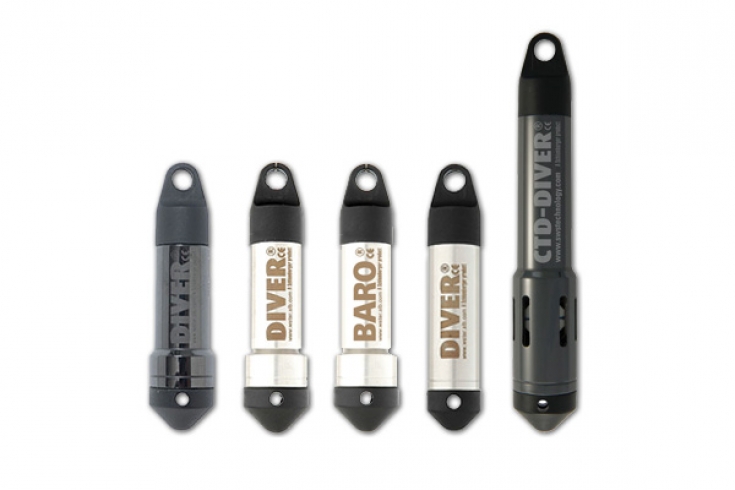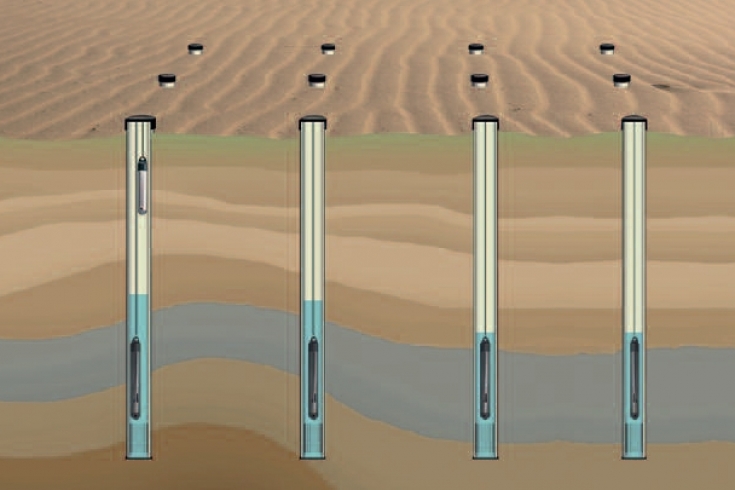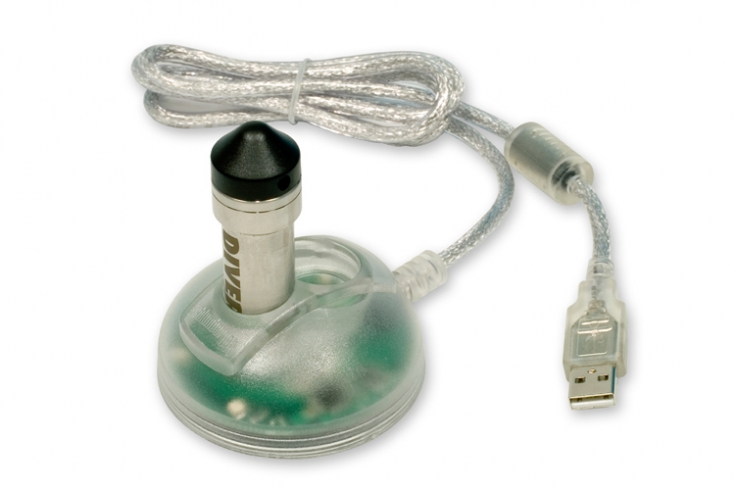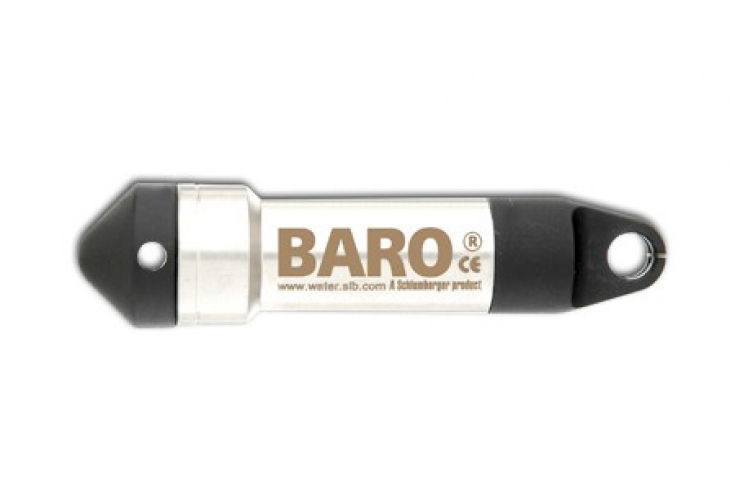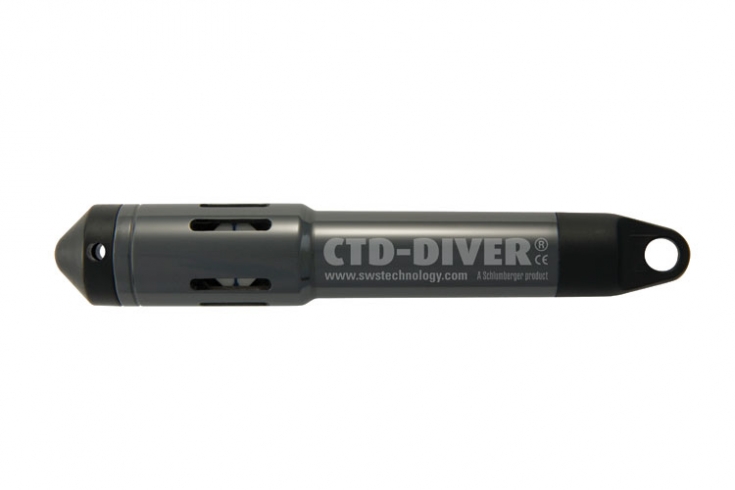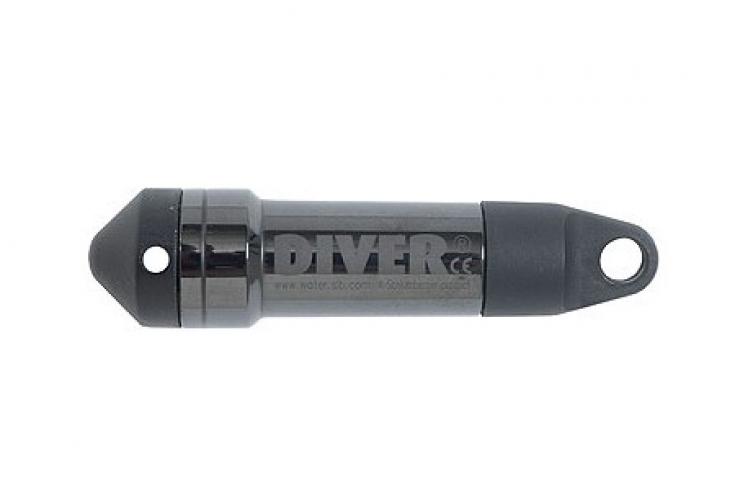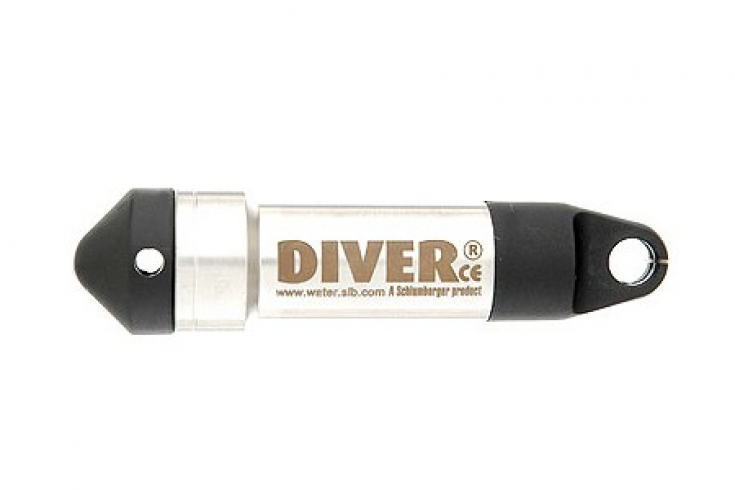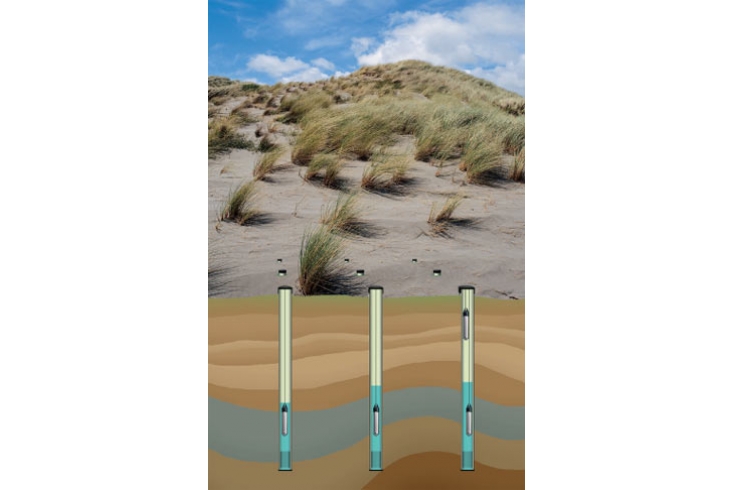Standpipe piezometers are used to monitor piezometric water levels. Observation wells are used to monitor ground water levels. Typical applications include:
- Monitoring pore-water pressure to determine the stability of slopes, embankments, and landfill dikes
- Monitoring the effectiveness of dewatering schemes
- Monitoring seepage and ground water movements in embankments, landfill dikes, and dams
Professional applications of the CTD-Diver include:
- Aquifer storage and recovery projects
- Salinization projects
- Saltwater intrusion projects
- Discharge monitoring
- Monitoring landfill sites
- Monitoring groundwater and surface water

